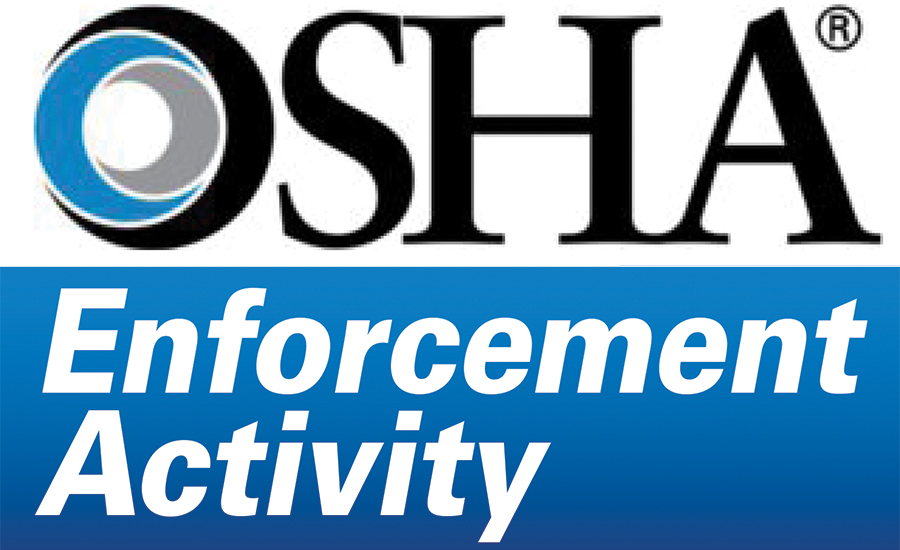Three reasons why the GHS is shaking up chemical inventory management

For chemical and manufacturing companies, safety data is nothing new. Material safety data sheets and container labels have been the core components of OSHA’s Hazard Communication Standard (HCS) since 1983. Most companies managed to comply by way of manual tools—including spreadsheets or homegrown chemical inventory databases.
But now there’s a “Final Rule” in hazard communication compliance. To keep American industry aligned with international standards—namely the United Nation’s Globally Harmonized System (GHS)—companies have to redress chemical classification and labeling. And it’s creating a lot of extra work.
Digital safety data is not expressly required per the GHS, but it is becoming the de facto standard in today’s era of on-demand information and transparency. Companies that are slow to digitize their safety data records (and sharing capabilities) may soon find that compliance alone is not a sufficient end goal. Here’s why:
Speed preserves market share
Getting on board with the GHS means turning old material safety data into an accurate, up-to-date SDS library. But if you’re a chemical supplier, your timeframe to do so isn’t defined by any regulatory agency; it’s defined by your competitors.
Right now, market-leading OEMs are ready to complete their GHS transitions. They’re looking to suppliers for on-time data. In some cases, they’re taking their business elsewhere as a result.
In fact, a recent statement from OSHA specifies that part of a company’s due diligence in meeting the GHS deadline includes “efforts to find other suppliers” (who might provide timely and accurate classifications) if original suppliers are late to produce complete labels and safety data sheets for their formulated products.
Being the first to offer compliant safety data sheets—in a digital format, particularly—will create a competitive edge, before and after the June 2015 GHS deadline.
EHS software and reporting standards are evolving
Chemical inventory regulations don’t exist in a vacuum. The terms of the GHS—as they pertain to chemical workers and trade environments—are a part of much broader oversights, all designed to protect global citizens and communities. Digital safety data connects those many pieces.
EPCRA reports are a good example. Compiling Tier I and Tier II reports per the Emergency Planning and Community Right-to-Know Act has become an increasingly digital process. As manufacturers turn to EHS software for tracking various environmental metrics and for drafting related reports, GHS standards/SDS management should also be on their radar. After all, much of the same hazard data (physical hazards, health hazards) fulfills both efforts.
Fortunately, EHS management applications are no longer fragmented among disparate platforms. Today’s software solutions connect all facets of an EHS program—environmental reporting and chemical inventory management—resulting in major efficiency gains, improved relational data, and potentially, down the road, avoided inspections.
That’s because the EPA is now pushing manufacturers toward digital reporting, as part of its Next Gen Compliance initiative. In a series of recent EPA settlements, some companies are required to electronically submit their monitoring data to EPA and/or post EHS data on public-facing websites. Companies that adopt digital safety data now will be well-positioned to keep pace with enforcement agency standards and public expectations overall.
EHS professionals are doing more with less
The GHS transition isn’t the sole cause of stress and overwork for EHS professionals, but the June 1st deadline is certainly spotlighting the issue of growing compliance workloads and shrinking budgets. Many small to mid-sized chemical manufacturing facilities only have one or two EHS professionals on hand. Each is already shouldering a full chemical inventory portfolio. EHS is also playing an increasing role in effective risk management, according to the National Association for Environmental Management (NAEM).
Now with MSDS-to-SDS conversions on their plate (entailing a slew of new chemicals classifications and safety procedures), EHS departments are more taxed and time-crunched than ever. Chemical inventory managers will be asked to do more with less.
And the increased workloads won’t stop any time soon. EHS professionals can look forward to additional GHS deadlines—for example, updated hazard communication plans, chemical distribution and shipping label requirements, etc. Digital safety data can actually make it all possible.
In the end, the GHS may achieve something greater than the alignment of global chemical standards. It may help to universalize digital safety data and electronic chemical inventory management, which would create even more safety improvements and business benefits worldwide.
Looking for a reprint of this article?
From high-res PDFs to custom plaques, order your copy today!








.jpg?t=1721257160)